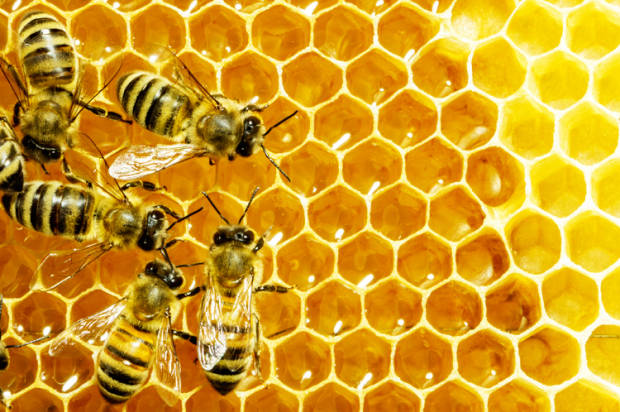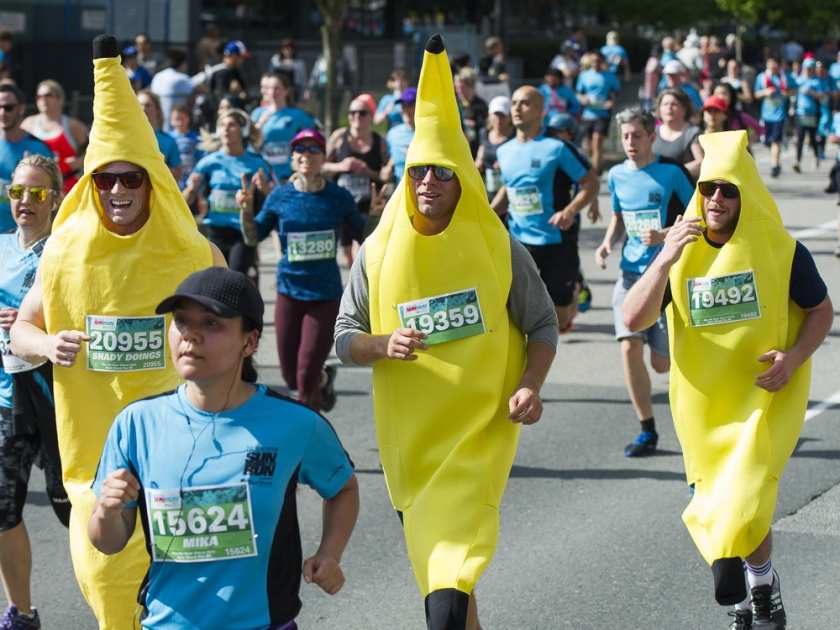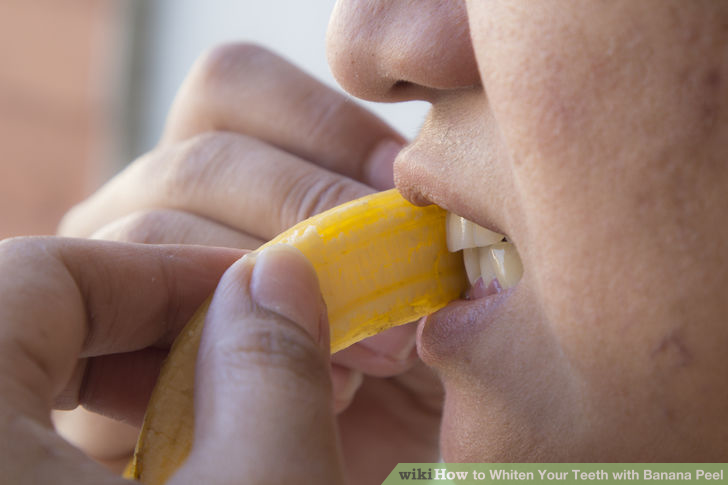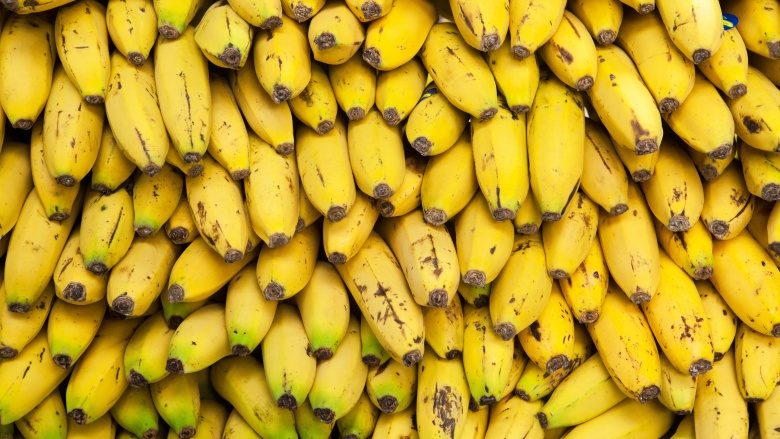Really Weird Facts About Bananas
If you ask anyone what the most popular fruit is, I bet you most people would say the banana. In fact, the average American eats between 30 pounds of bananas a year which. However, it's totally conceivable that some people will have one for breakfast every day, which would work out to 365 bananas in a year, or around 120 pounds!
That is no surprise to me at all. Every single time I am at a store that sells bananas I get them. Even if I am at Walmart for non-food items, I will always swing over and grab a bunch of bananas. And if you think about it the next time you are at the store, look around you at other people’s carts and chances are they have a bunch of bananas in their cart as well. It is safe to say we are bananas about bananas!
Well, bananas have some really interesting, weird things about them that I bet you did not know that I thought would be fun to share today. For one thing:
Bananas are radioactive!
It's well known that bananas contain large amounts of potassium, good for all sorts of important bodily functions. What is less well known is that a small proportion of that potassium is the unstable radioactive isotope potassium-40.
However, before you get any ideas about overindulging on bananas in pursuit of super-powers, be warned that it's next to impossible to get a significant dose of radiation from banana consumption. Using calculations based upon the so-called "Banana Equivalent Dose," you would need to find space in your stomach for 10 million bananas in a single sitting, in order to give yourself a lethal (or superpower-inducing) dose of radiation.
Bananas make bees mad

Isopentyl acetate is an organic compound that can be found in bananas, in synthetic banana flavors, and also in the pheromones of bees. Bees and other insects rely heavily on pheromones to communicate and when threatened, one of the messages they send with pheromones is "ATTACK!" Isopentyl acetate is just one ingredient of the attack pheromone, but it is a pungent one, which is why after a bee stings, you'll often detect a banana-like smell around the sting. The chemical is strongest in fresh bananas, but fades as the fruit ripens, so if you are unable to avoid eating a banana around bees, best go for a brown one, just in case.
Bananas + Runners = Love!

It is no secret that runners often will eat a banana for energy as they are chugging along to get to the finish line, but their love for them goes beyond that.
Running dressed as a banana is enough of a thing that Guinness World Records keeps track of the times these fitness fruits take to finish—the current record is held by Andrew Lawrence from the UK, who on April 24, 2016 ran the London Marathon in 2 hours 47 minutes and 41 seconds.
Great For Those Pearly Whites

Bananas can make you smile better too, because potassium, which bananas have in spades, can be used to whiten your teeth. To make this work, start with a barely-ripe, slightly-green banana, and peel off the skin. Since the skin on a slightly green banana is also loaded with potassium, you can take a small piece and rub it all over your teeth for a couple of minutes before you brush them. The soft stuff on the inside of your skin should come off on your teeth, and the rubbing action will help it get inside the cracks—you want to cover as much of your teeth as possible. After two minutes, you can brush your teeth as normal, and after about two weeks, your teeth should start to dazzle!
Every Banana Is the Same!

Can you remember the first banana you ever ate? How about the most recent one? Well you might be surprised to learn that it doesn't matter if the gap between your first and most recent banana is six or sixty years, because genetically they were the same banana. That's because most of the bananas we eat in the west are known as Cavendish bananas, and they are all infertile. So when a grower wants a new plant, he can't just plant a seed, but instead has to cut a piece from another plant and grow it separately. Those two plants, and their fruit, will be genetically identical.
Before the Cavendish became the numero uno banana on the high street, the banana boss was called Gross Michel. Unfortunately, a fungus called Panama disease came along and took a liking to Gross Michel, and since the Gross Michel were also a bunch of clones, when Panama disease liked one banana, it liked them all. As a result, the Gross Michel was wiped out in the 1950s and the Cavendish took its place. But since the Cavendish are also clones, they're just as susceptible to disease as the Gross Michel was, so those could get swept away in an instant as well.
- www.grunge.com
- www.salon.com
- www.vancouversun.com
- www.pad2.whstatic.com
 Mary Richardson
Mary Richardson
Weekly Newsletter Contributor since 2014
Email the author! mary@dvo.com
